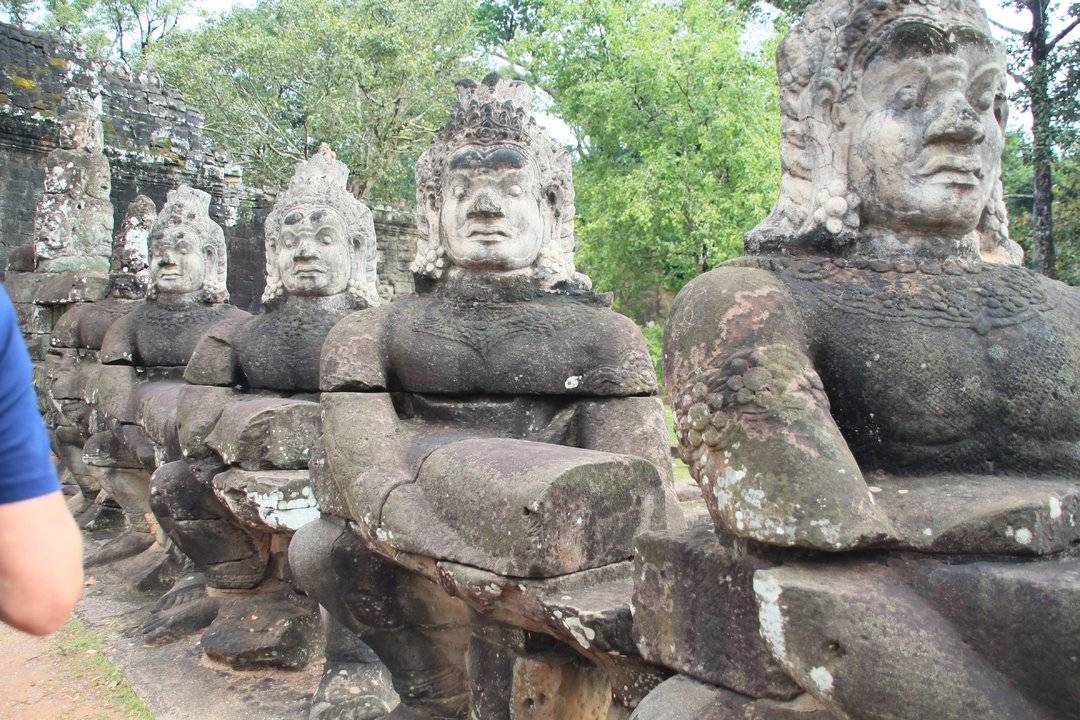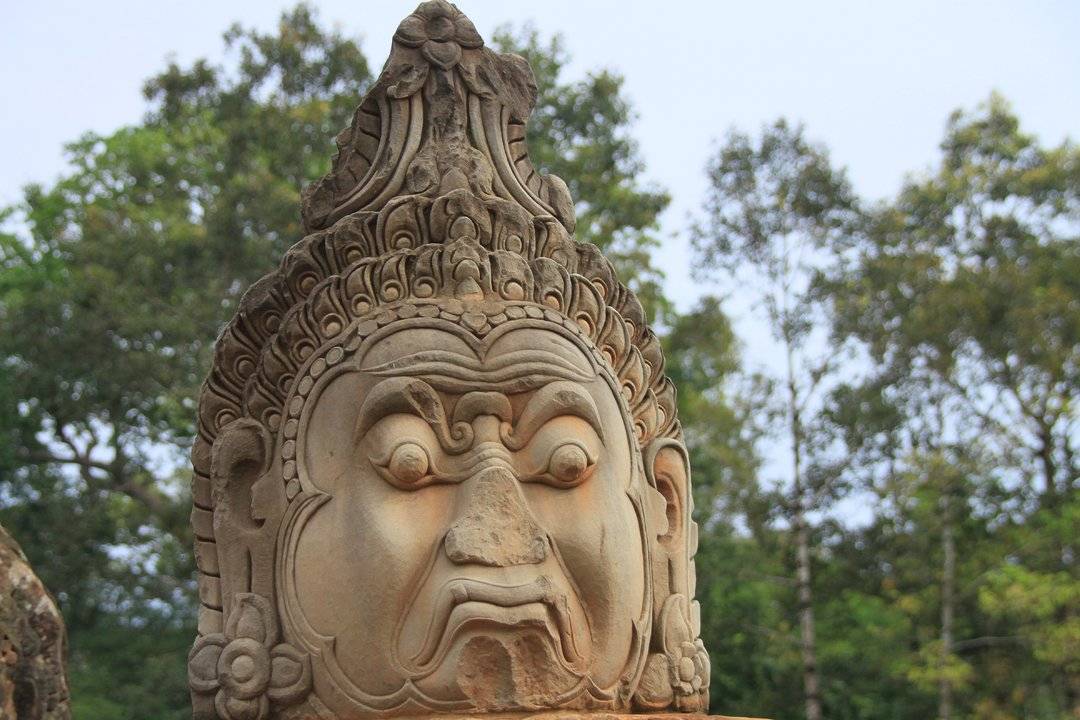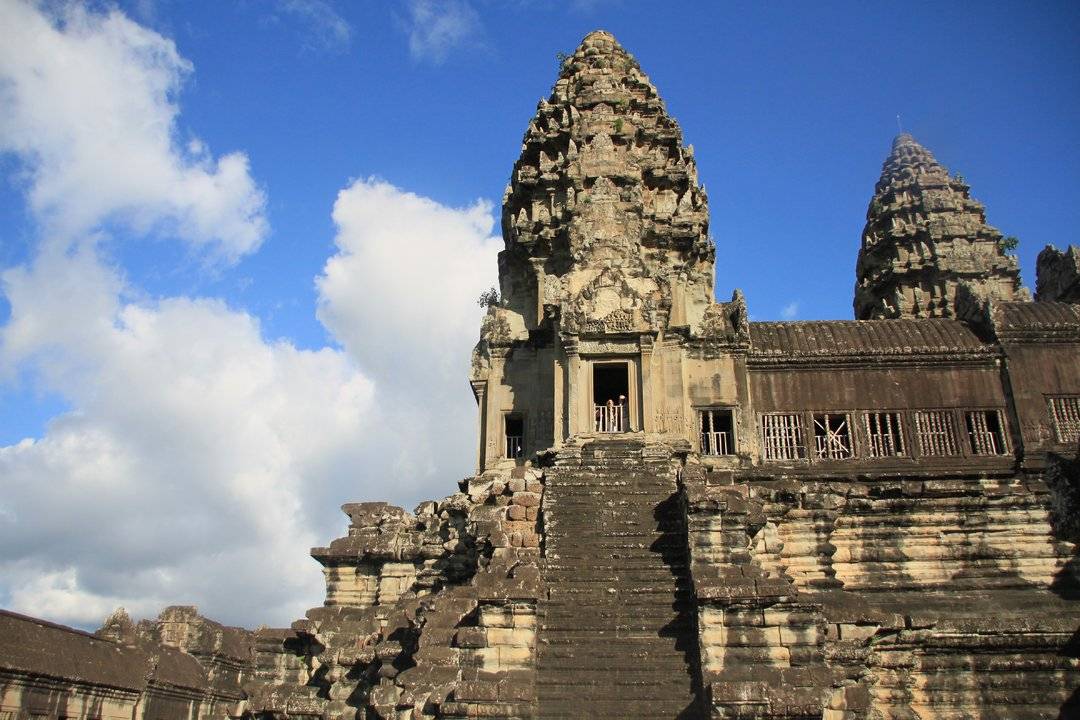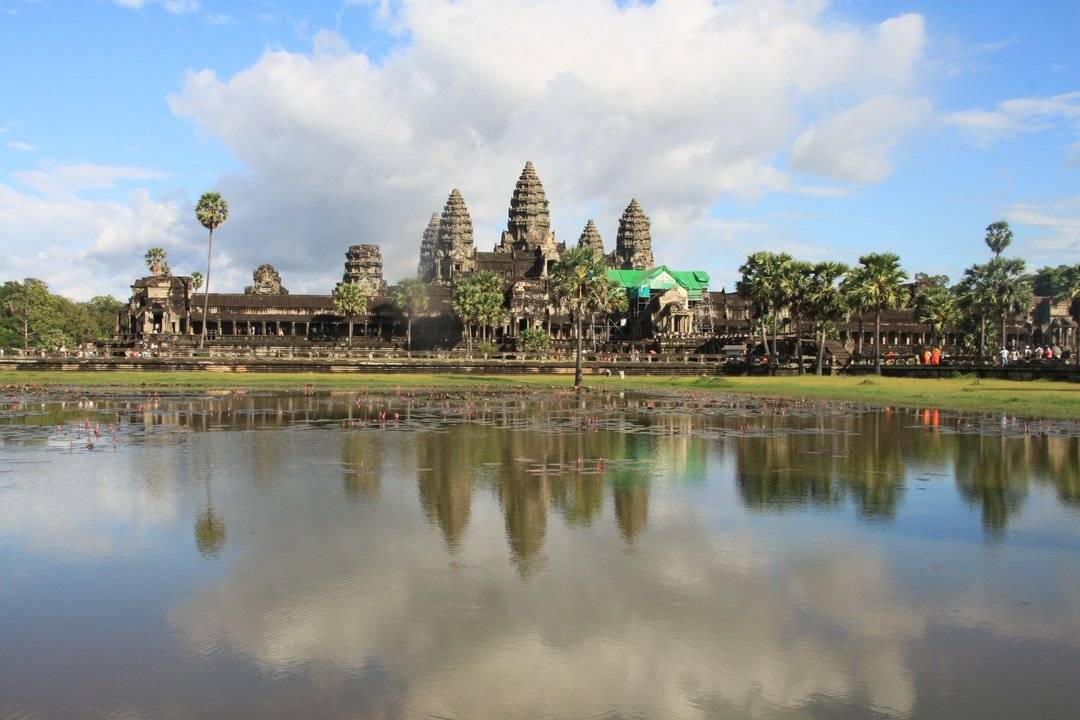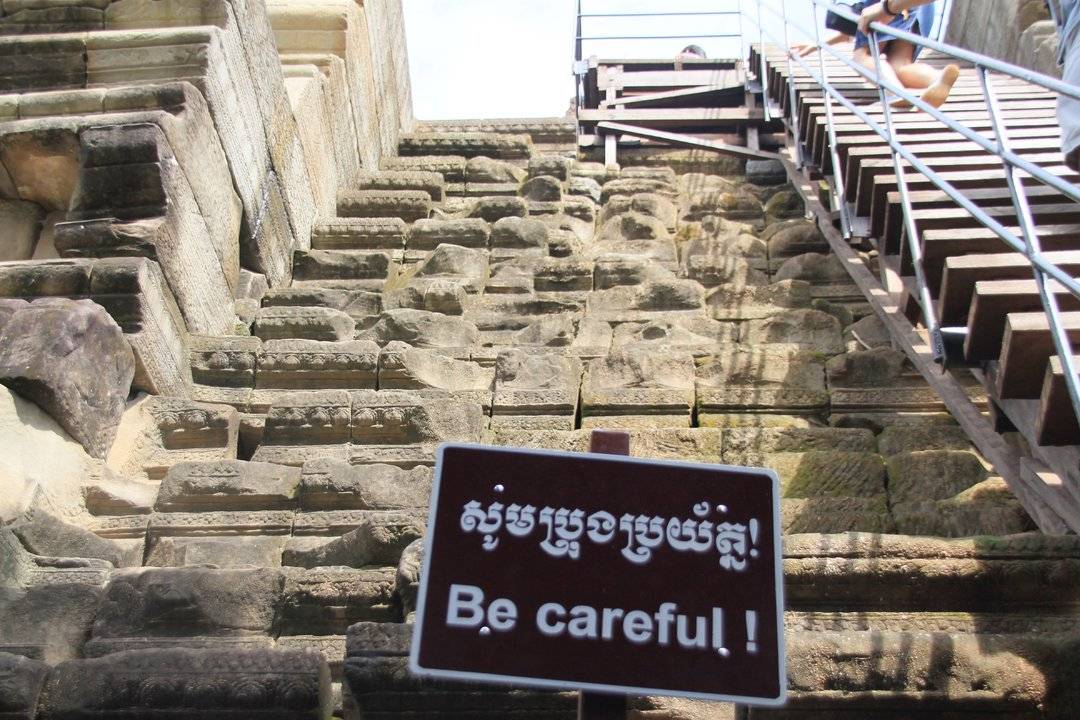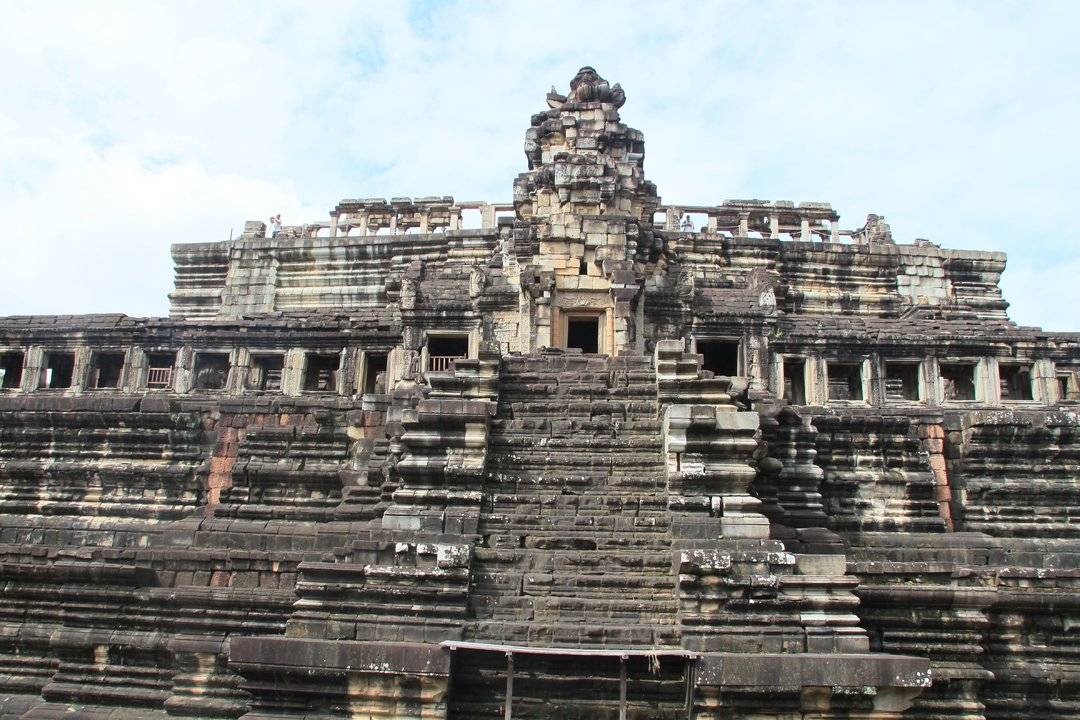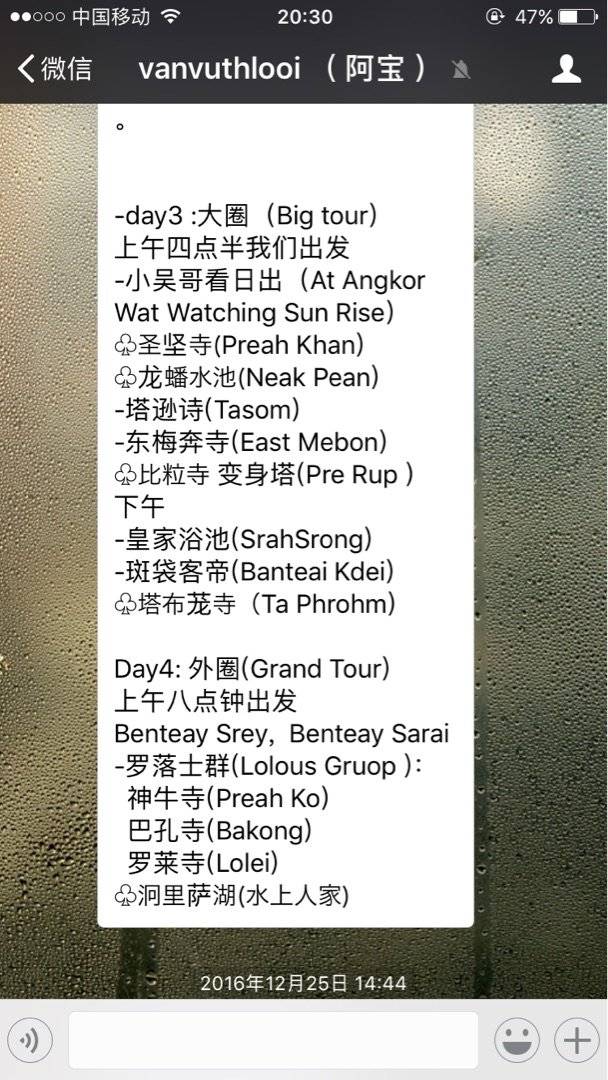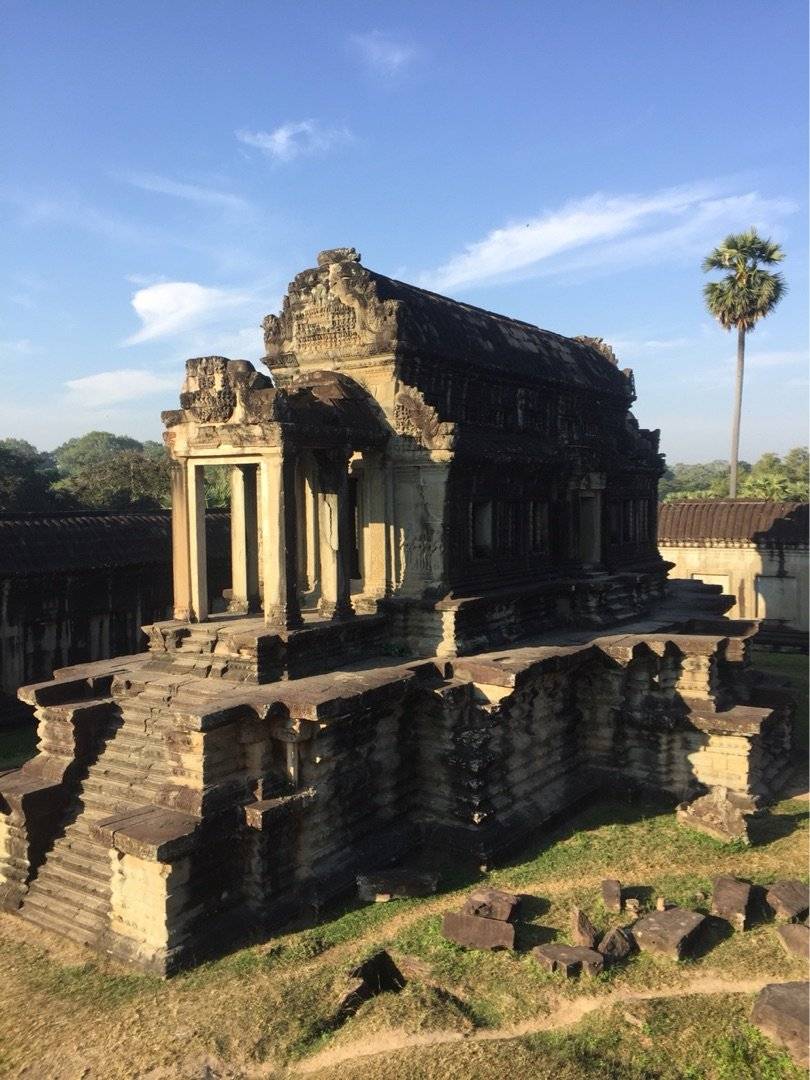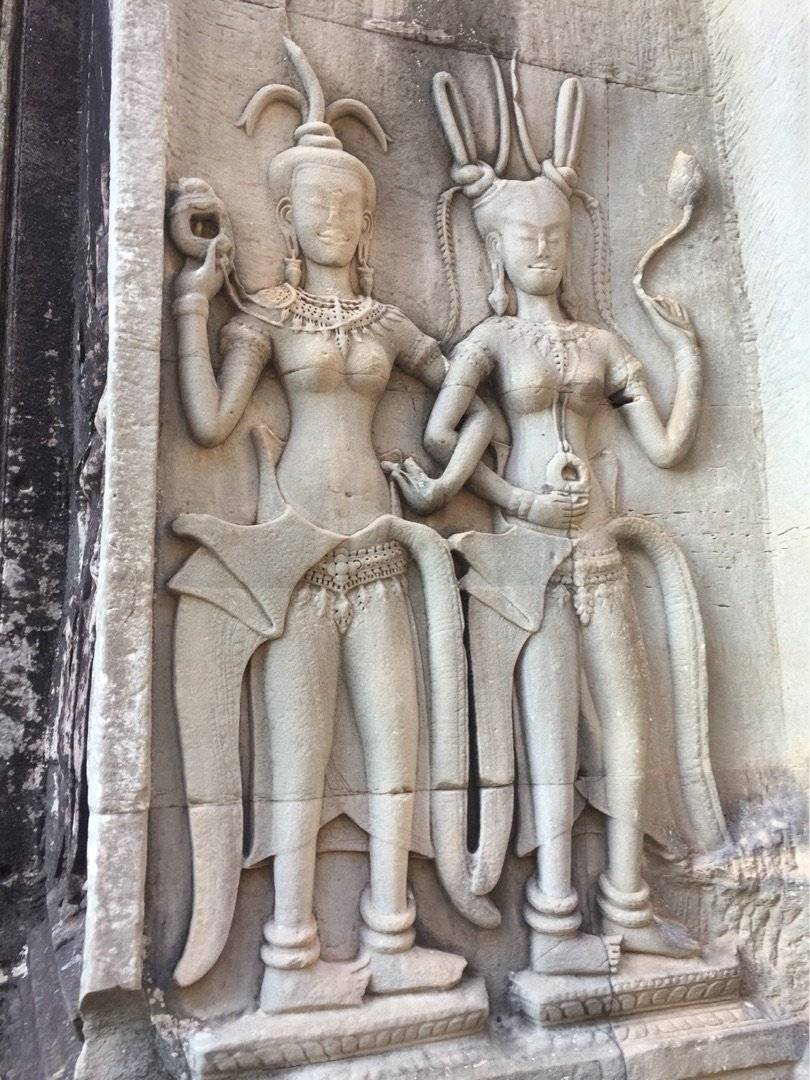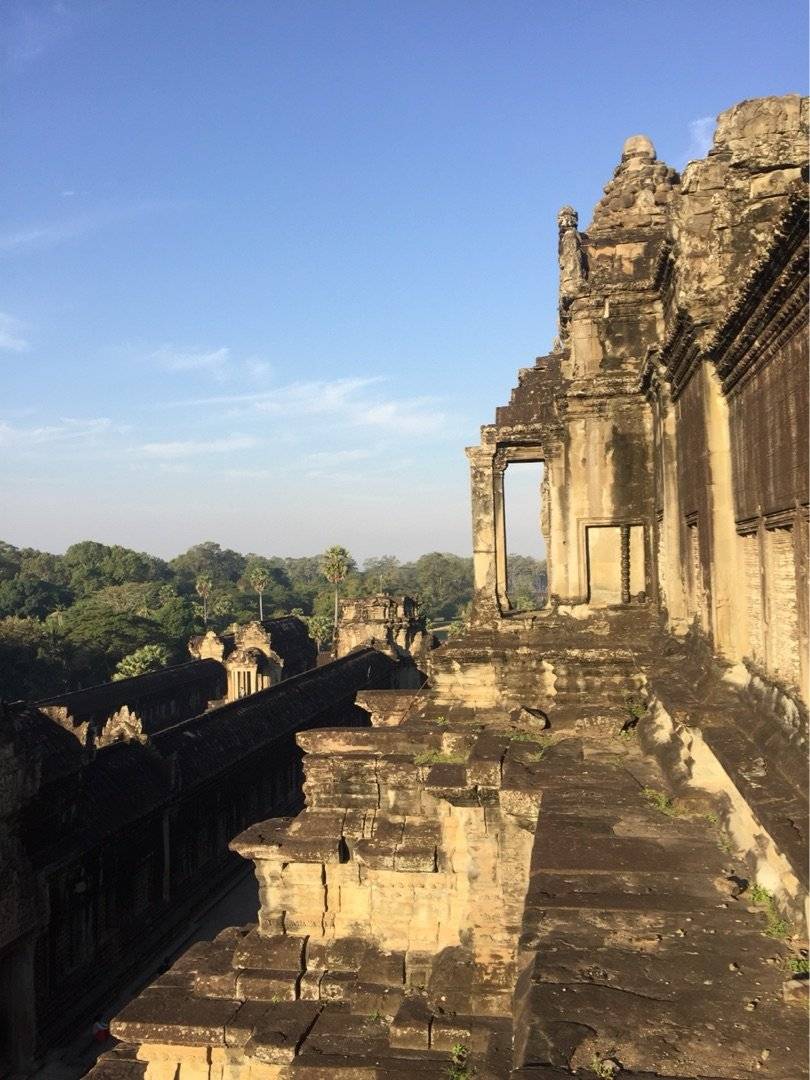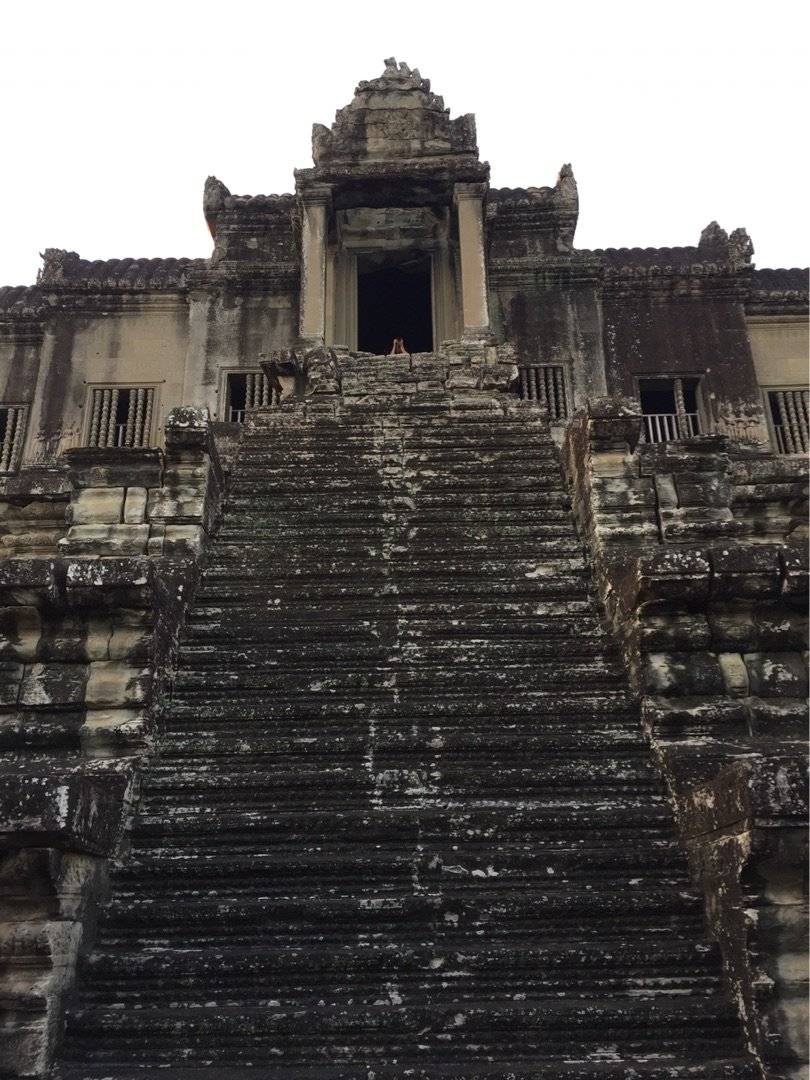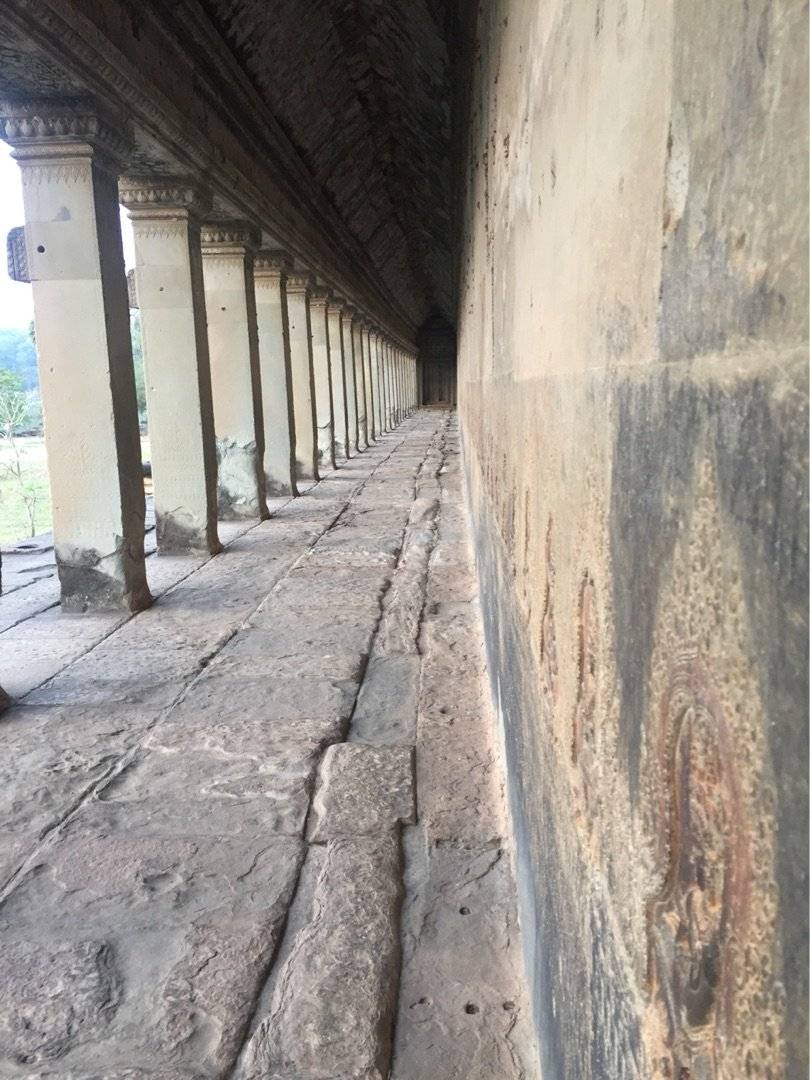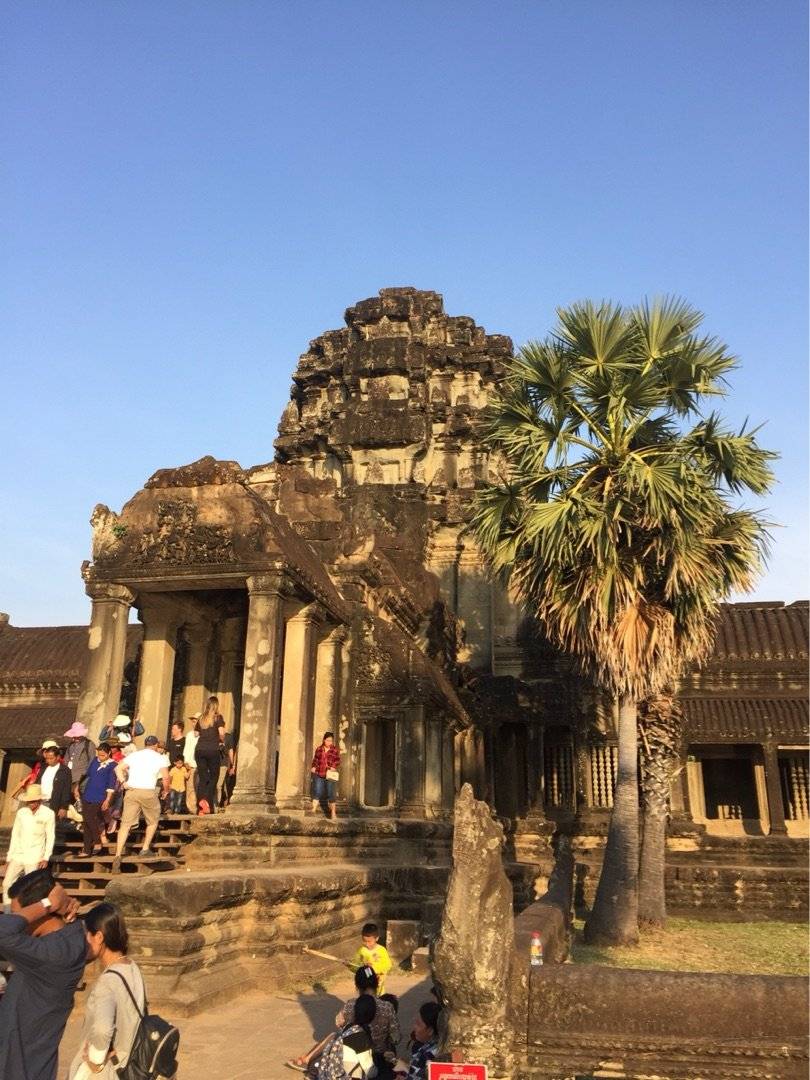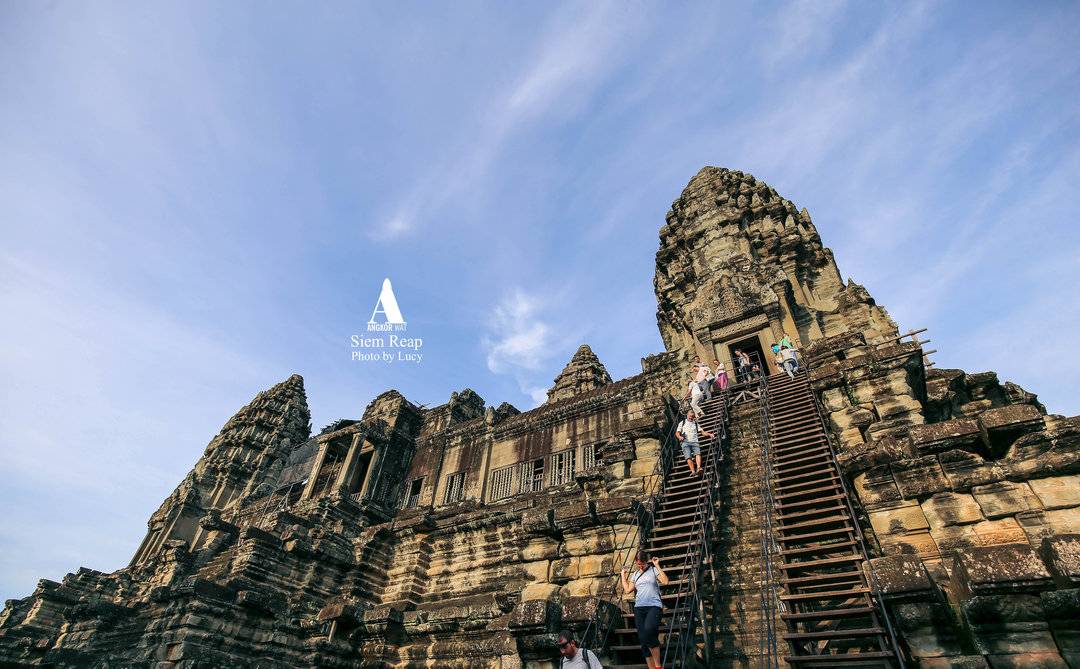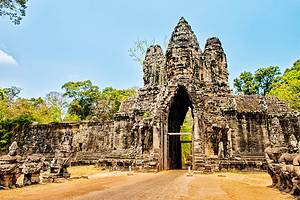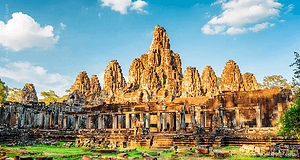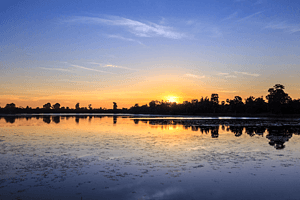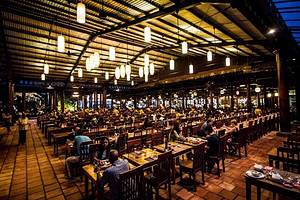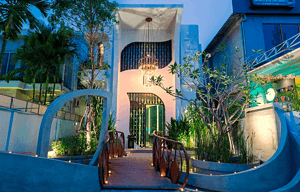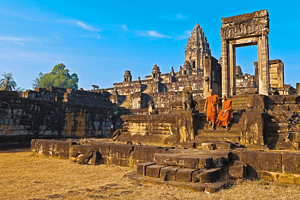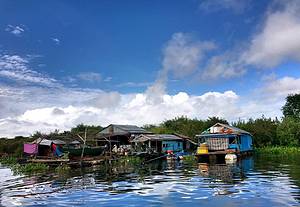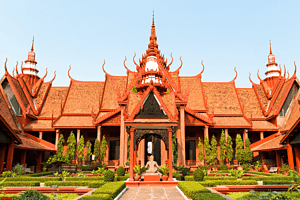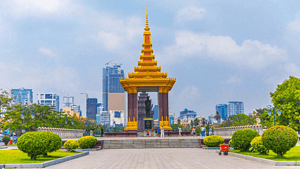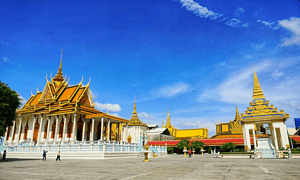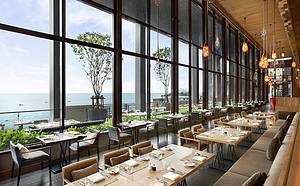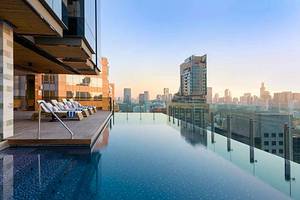Angkor Wat, A timeless panorama of history and nature
Siem Reap
4.8
Introduction
Angkor Wat is the first thing that comes to mind when people think of Cambodia. The majestic galleries of Angkor Wat will leave you in awe, while the smiling faces of Bayon make you feel watched from all directions. Ta Prohm, known from "Tomb Raider," tells a tale of love and hate between trees and towers. Angkor Wat is Cambodia's iconic symbol, carrying the history of this ancient kingdom as an eternal landscape.
Located on the outskirts of Siem Reap, Cambodia, Siem Reap's name means "defeat of Siam" in Khmer, which relates to its proximity to Thailand, just a two-hour drive away. Cambodia is a Buddhist country, with 95% of the population practicing Buddhism, and Angkor Wat represents its past. It is the world's largest religious monument, witnessing the succession from the Khmer empire to Hinduism. Today, each village has a pagoda to accommodate monks. During important festivals like Cambodian New Year and Pchum Ben (Ancestors' Day), people visit the pagodas with flowers and offerings, seeking blessings from the monks.
Surrounded by tropical rainforest, the climate in Angkor Wat is hot and humid year-round. The dry season from November to March is the best time to visit, to witness beautiful sunrises and sunsets. Beyond the temples, the countryside represents the purest form of Cambodia. Travelers can rent a bicycle from the city and ride through the flower-covered villages, greet local children, and enjoy a fresh coconut. Life seems to have stayed the same for centuries. Opening hours From January 1st, 2016, the visiting hours for Angkor Wat and Royal Baths are: 05:00-17:30
the opening hours for Bakong and Baphuon are: 05:00-19:00
the visiting hours for other attractions remain the same: 07:30-17:30.
Transportation We recommend taking a private car or a Tuktuk to get there.
 The sunrise in the morning is very beautiful
The sunrise in the morning is very beautiful